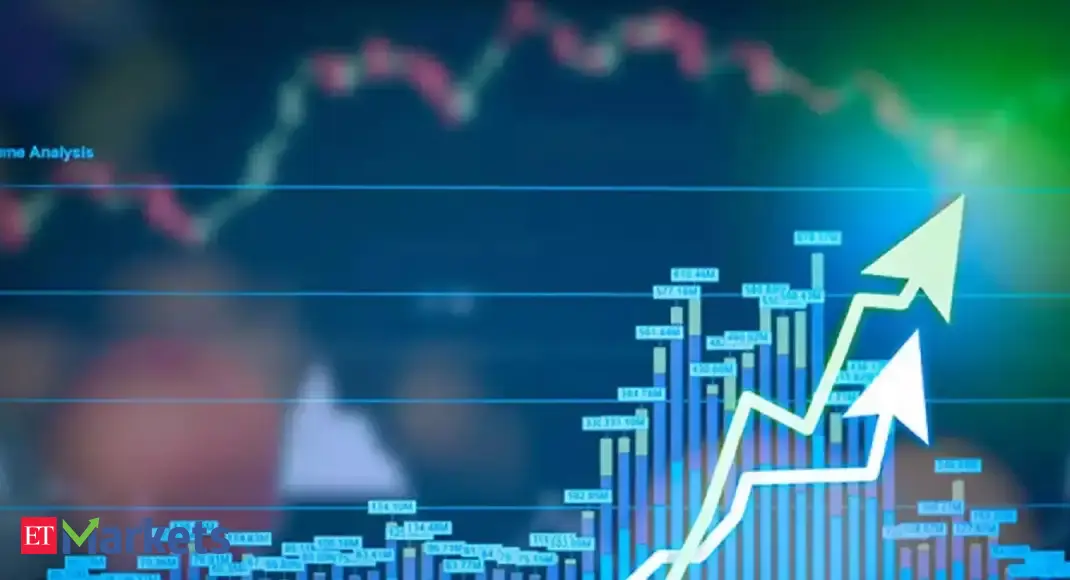Initial claims for unemployment insurance were well below expectations last week, helping to douse caution at the Federal Reserve and elsewhere that the labor market is in danger.
First-time filings for the week ended Sept. 20 totaled a seasonally adjusted 218,000, down 14,000 from the prior week’s upwardly revised figure and significantly less than the Dow Jones consensus estimate for 235,000, the Labor Department reported Thursday.
Continuing claims, which run a week behind, were little changed, falling 2,000 to 1.926 million.
The release comes just a week after the Federal Reserve voted to lower its benchmark borrowing rate by a quarter percentage point to a range of 4%-4.25%.
In its post-meeting statement released Sept. 17, the Federal Open Market Committee said that part of the reasoning for the easing, the first in 2025, was that “downside risks to employment have risen.” Indeed, nonfarm payrolls growth has slowed to a crawl and the level of job openings is at a multiyear low.
However, the claims data, despite a bump earlier in the month, has shown that companies are still reluctant to part with workers even if hiring has declined considerably.
The claims data can be volatile, with Texas showing big gyrations in recent weeks. The state recorded a decline of nearly 7,000 filings last week, according to unadjusted figures.
Despite concerns rising that the economy could be slowing into the back part of the year, the economic data has remained fairly solid, and other reports Thursday confirmed underlying strength.
Gross domestic product, the broadest measure of economic growth, posted a gain of 3.8% in the second quarter, according to the last of the three estimates that the Commerce Department released Thursday. The report reflected an unusually large upward adjustment of half a percentage point, which the Bureau of Economic Analysis attributed to a revision to consumer spending. GDP declined 0.6% in Q1, a slight downshift from the prior estimate.
Personal consumption expenditures, which drive about two-thirds of the $30 trillion U.S. economy, increased 2.5%, well above the 1.6% figure in the second estimate and better than the 0.6% rate in the first quarter.
In yet another sign of strength, spending on long-lasting items such as airplanes, appliances and computers increased 2.9% in August, compared with the forecast for a decline of 0.4% and better than the July figure, which showed a drop of 2.7%.
Even excluding transportation, new orders of so-called durable goods rose 0.4% and were up 1.9% when excluding defense.
Fed officials are watching the economic data closely for clues about where they should take policy next, and recent reports have indicated a mostly upbeat picture.
Housing, which has been the weakest spot, has showed some signs of life lately, with sales of newly built homes soaring 20.5% in August, the biggest gain since January 2022. Existing home sales totaled an annualized rate of 4 million for the month, slightly better than expected.
Despite the solid data, markets still expect the Fed to cut twice more this year, at its meetings in October and December.
In a speech Tuesday, Chair Jerome Powell said the economy “is showing resilience in the midst of substantial changes in trade and immigration policies, as well as in fiscal, regulatory and geopolitical arenas.”
Still, he left room for additional easing, noting that policy is still “modestly restrictive” on growth.
























